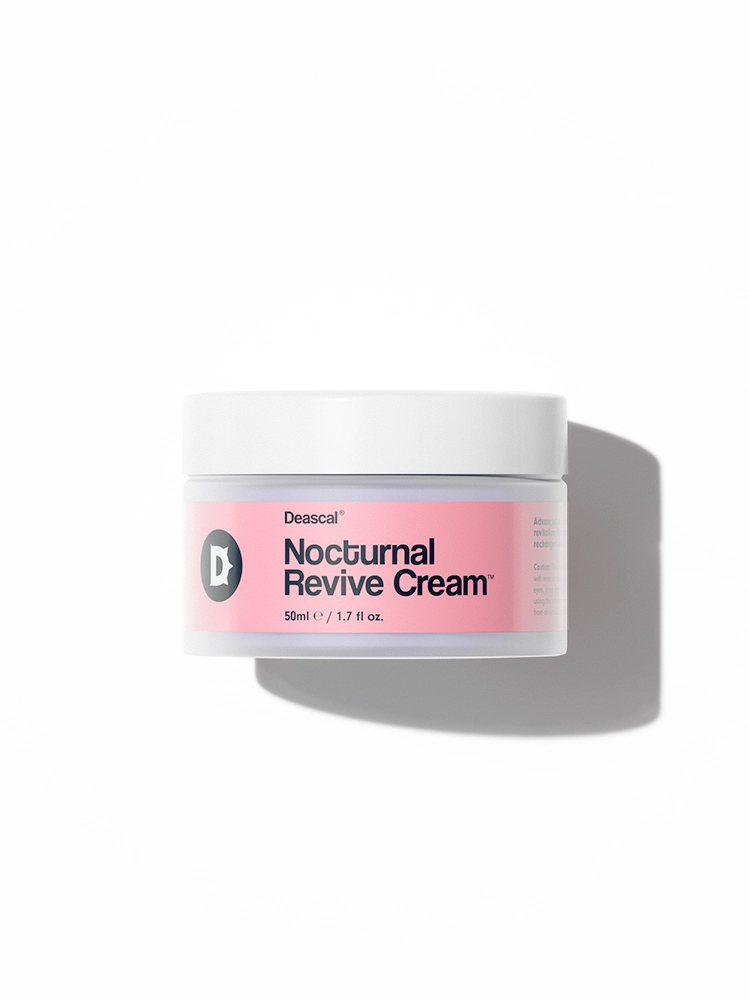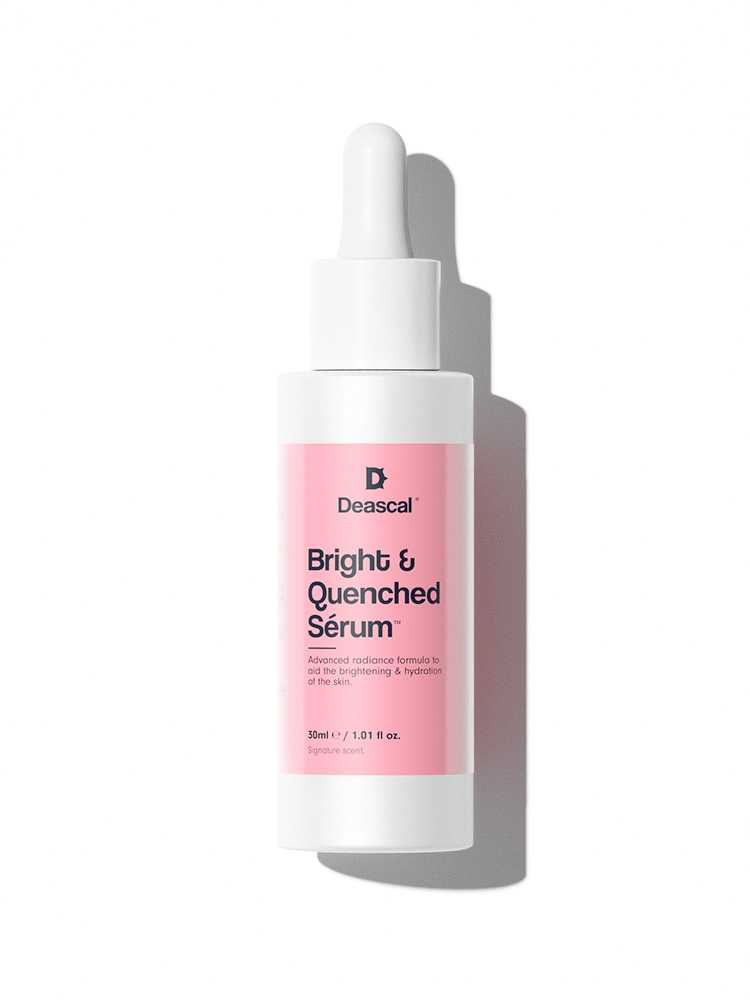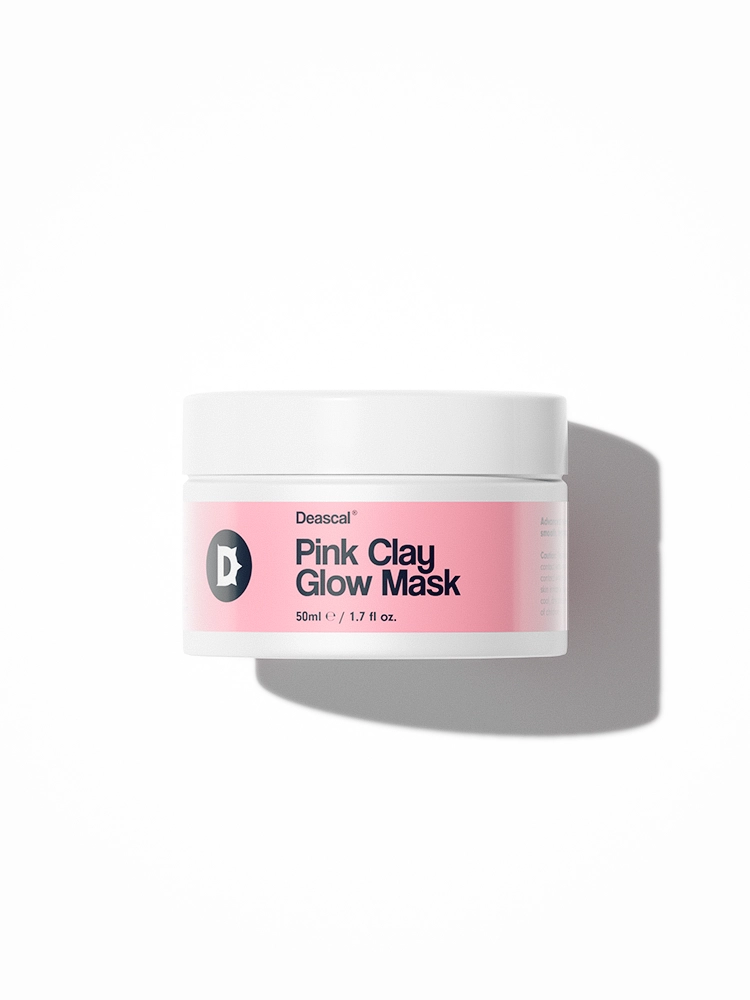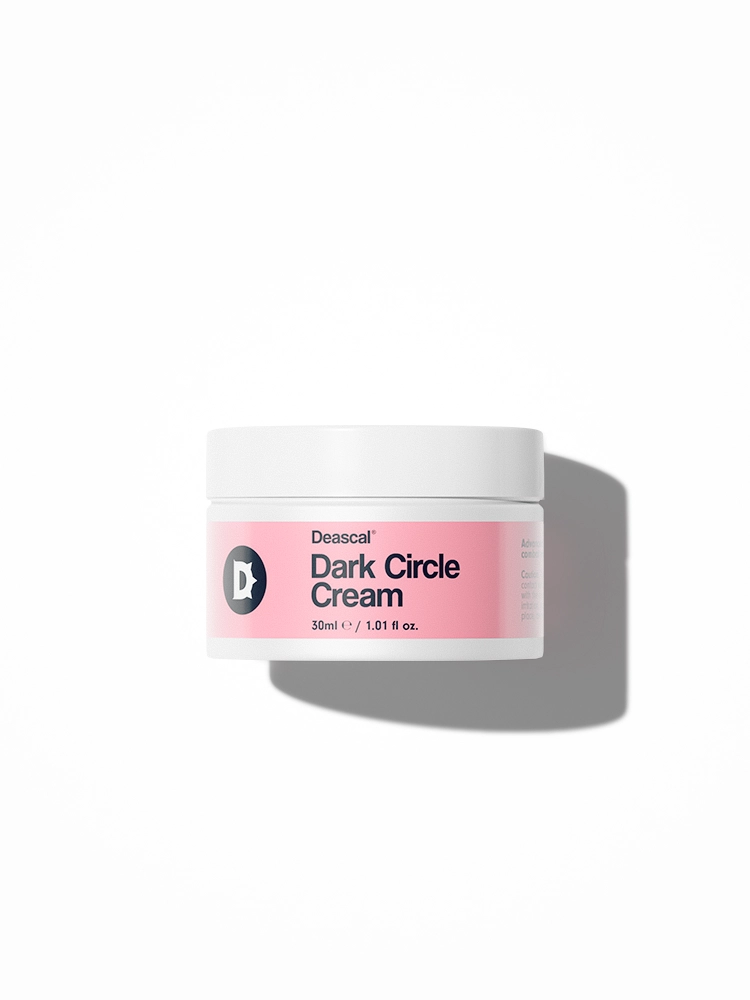Understanding Post-Acne Scars
First things first, let’s understand what we’re dealing with. Post-acne scars come in various shapes and sizes. There are the dreaded icepick scars, which look like tiny, deep holes, and boxcar scars, which are broader and more angular. Then there’s the rolling scars, which give your skin a wavy appearance. Understanding the type of scar you’re dealing with is crucial because each type requires a different approach.
Acne scars form when a breakout penetrates the skin deeply and damages the tissues beneath it. As the acne clears, the body tries to repair this damage. During this healing process, the body produces collagen, and too little or too much of this can lead to scarring. While it may seem like these scars are permanent, there are several treatments that can significantly reduce their appearance.
Topical Treatments
Topical treatments can be a great starting point for reducing the appearance of ance scars. These treatments can be easily incorporated into your daily skincare routine and offer gradual yet effective results. Here are some you might want to consider:
Retinoids
Retinoids are derivatives of vitamin A and are considered a gold standard in dermatology for their remarkable skin-regenerating properties. They work by accelerating cell turnover, which helps shed old, damaged skin cells and replace them with new, healthy ones. This process not only smooths out existing scars but also boosts collagen production, making the skin firmer and more resilient over time.
- How to Use: Retinoids are typically applied once a day, usually at night, because they can make your skin more sensitive to sunlight. Start with a lower concentration to allow your skin to adjust, and gradually increase as tolerated.
- Tips: Always pair retinoid use with a high SPF sunscreen during the day to protect your skin from UV damage. If you experience excessive dryness or irritation, try using the product every other night or mixing it with a moisturizer.
Alpha Hydroxy Acids (AHAs)
AHAs like glycolic acid are fantastic for exfoliation. They work by dissolving the bonds between dead skin cells, allowing them to be easily removed from the skin’s surface. This exfoliation helps to smooth the skin’s texture, making scars less noticeable and promoting the growth of new skin cells.
- How to Use: AHAs can be found in various skincare products, including cleansers, toners, and serums. They are best used at night, as they can increase your skin’s sensitivity to the sun. Start with a lower concentration (around 5-10%) and gradually increase as your skin builds tolerance.
- Tips: If you’re new to AHAs, look for products that combine glycolic acid with soothing ingredients like aloe vera or hyaluronic acid to minimize irritation.
Salicylic Acid
Salicylic acid is a beta hydroxy acid (BHA) known for its ability to penetrate deeply into the pores. It helps to clear out impurities, reduce swelling and redness, and exfoliate the skin. By keeping the pores clear, salicylic acid prevents new breakouts and aids in reducing the appearance of existing scars.
- How to Use: Salicylic acid is often found in spot treatments, cleansers, and toners. It can be used daily, but if your skin is particularly sensitive, start with a lower concentration and use it every other day.
- Tips: Pair salicylic acid with a hydrating serum or moisturizer to prevent dryness and flakiness. It’s also great for treating other skin concerns like blackheads and whiteheads.
Vitamin C
Vitamin C is a powerful antioxidant that helps to brighten the skin and fade dark spots and hyperpigmentation caused by acne. It works by inhibiting melanin production, the pigment responsible for dark spots, and protecting the skin from free radical damage.
- How to Use: Vitamin C serums are best applied in the morning after cleansing and before moisturizing. Look for formulations with stable forms of vitamin C, such as L-ascorbic acid, and ensure the product is in opaque, air-tight packaging to maintain its potency.
- Tips: Combine vitamin C with other antioxidants like vitamin E and ferulic acid for enhanced protection and efficacy. Be consistent with its use to see noticeable improvements in skin tone and texture.
Niacinamide
Niacinamide, also known as vitamin B3, is another excellent topical treatment for acne scars. It has anti-inflammatory properties that help reduce redness and swelling, and it also improves the skin’s barrier function, enhancing its ability to retain moisture.
- How to Use: Niacinamide can be used both morning and night. It pairs well with other active ingredients and can be layered under moisturizers and sunscreens.
- Tips: Look for products that combine niacinamide with other skin-loving ingredients like hyaluronic acid or ceramides for added hydration and soothing benefits.
Silicone Gel
Silicone gel is a lesser-known but highly effective treatment for reducing the appearance of scars. It forms a protective barrier over the skin, which helps to retain moisture and promote healing.
- How to Use: Silicone gel can be applied directly to the scarred area. It is usually recommended to use it twice daily for optimal results.
- Tips: Consistency is key with silicone gel. Regular application over several months can lead to significant improvements in the texture and color of scars.
Professional Treatments
When topical treatments aren’t enough to achieve the desired results, it might be time to call in the professionals. Professional treatments offer more intensive solutions and can significantly improve the appearance of post-acne scars. Here are some effective professional treatments:
Chemical Peels
Chemical peels involve applying a solution to the skin that exfoliates the outer layers, revealing smoother and less scarred skin beneath. They come in varying strengths, from light to deep, depending on the severity of the scars and the desired results.
- How It Works: Chemical peels use acids like glycolic, lactic, or trichloroacetic acid to remove damaged skin layers. This process stimulates new skin cell growth and collagen production, improving skin texture and tone.
- Types: Light peels offer minimal downtime and are good for surface-level scars. Medium to deep peels penetrate deeper into the skin and can address more severe scarring but may require more recovery time.
- What to Expect: You might experience redness and peeling post-treatment, with results becoming visible after the skin heals. Multiple sessions may be needed for optimal results.
Microneedling
Microneedling involves using fine needles to create micro-injuries in the skin, which triggers the body’s natural healing process and stimulates collagen and elastin production. This treatment can significantly improve the texture and appearance of acne scars.
- How It Works: A device with tiny needles is rolled over the skin, creating controlled micro-punctures. These micro-injuries prompt the skin to repair itself, producing new collagen in the process.
- Benefits: Microneedling is effective for various types of scars and has minimal downtime. It can also enhance the absorption of skincare products, making your topical treatments more effective.
- What to Expect: Post-treatment, your skin might be red and slightly swollen, similar to a mild sunburn. The redness typically subsides within a few days, and improvements can be seen over the following weeks as the skin heals and regenerates.
Laser Therapy
Laser therapy is a popular and highly effective treatment for reducing the appearance of acne scars. Different types of lasers can either remove the outer layer of skin or stimulate collagen production deep within the skin.
- How It Works: Ablative lasers, like CO2 and Erbium lasers, remove the top layers of skin to reveal smoother skin underneath. Non-ablative lasers, like fractional lasers, work by heating the underlying skin tissue without damaging the surface, stimulating collagen production.
- Types: Ablative lasers are more intensive and can address deeper scars, while non-ablative lasers require less downtime and are better for less severe scarring.
- What to Expect: The treatment can cause redness, swelling, and peeling. Recovery time varies depending on the laser type and the intensity of the treatment. Results can be seen after a few weeks, with continued improvement over several months.
Dermal Fillers
Dermal fillers can be an effective solution for deeper, more pronounced scars. These fillers are injected into the scarred area to plump up the skin and reduce the visibility of indentations.
- How It Works: Dermal fillers like hyaluronic acid are injected beneath the surface of the skin to add volume and lift depressed scars.
- Benefits: Fillers provide immediate results with minimal downtime. They are particularly effective for rolling scars and boxcar scars that create depressions in the skin.
- What to Expect: The procedure is relatively quick, and you might experience some minor swelling or bruising at the injection site. The results are temporary, typically lasting from six months to a year, so repeat treatments are necessary to maintain the effect.
Subcision
Subcision is a minor surgical procedure used to treat deep, tethered scars. It involves inserting a needle under the skin to break up the fibrous bands pulling the scar down.
- How It Works: A special needle is inserted beneath the scar tissue to sever the fibrous bands, releasing the scar from the underlying tissue. This allows the skin to lift and flatten out.
- Benefits: Subcision can significantly improve the appearance of depressed scars and is often used in conjunction with other treatments like fillers or microneedling for enhanced results.
- What to Expect: The procedure may cause bruising and swelling, which typically subsides within a week. Results become more apparent as the skin heals and new collagen forms.
Fractional Radiofrequency
Fractional radiofrequency (RF) treatments combine microneedling with radiofrequency energy to stimulate collagen production and improve skin texture.
- How It Works: Tiny needles deliver RF energy into the deeper layers of the skin, creating controlled micro-injuries and heating the tissue to stimulate collagen production.
- Benefits: This treatment is effective for various types of acne scars and offers minimal downtime. It also tightens the skin and reduces pore size.
- What to Expect: After the treatment, you might experience some redness and swelling, which usually resolves within a few days. Improvements in skin texture and scar appearance can be seen over the following weeks as the skin heals.
Professional treatments offer more intensive and often faster results than at-home treatments, but they typically require multiple sessions and come with varying levels of downtime and cost.




